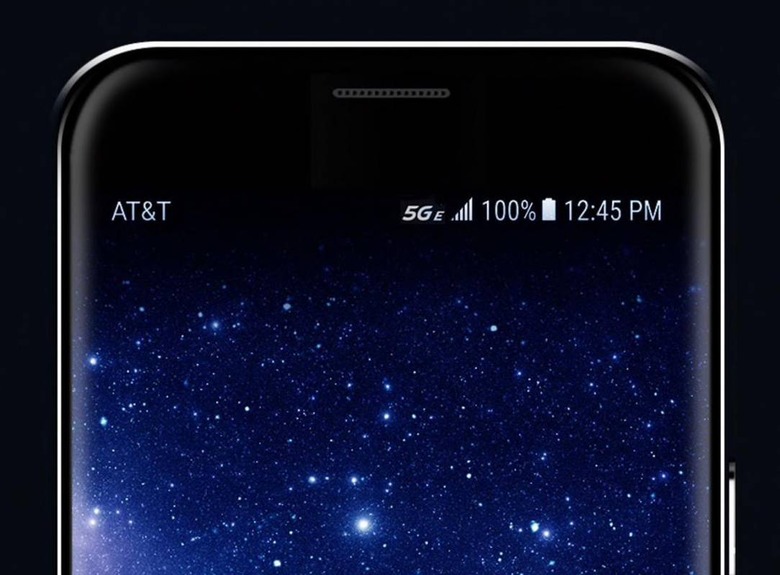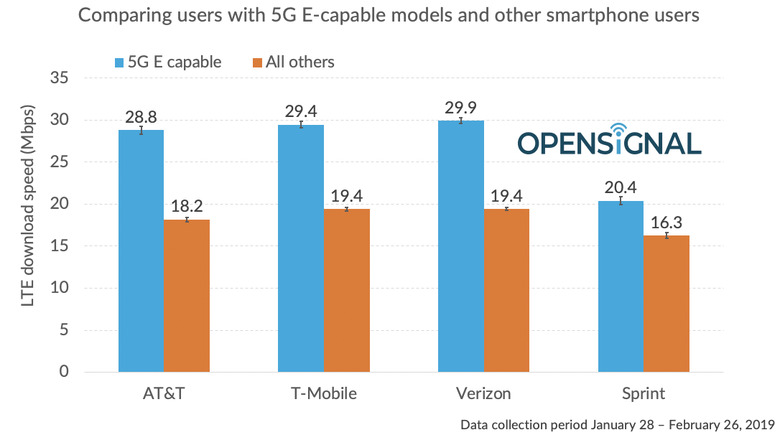AT&T 5G E Isn't Just Misleading, It's Actually Slower Than Rivals
AT&T may have been quick to launch "5G E" branding on its subscribers' smartphones, but the network itself is nowhere near as fast. That's the conclusion one wide-reaching network test has come to, after running speed trials on AT&T's so-called 5G Evolution network that it describes as a stepping stone to true 5G.
AT&T sparked controversy back in December, announcing that it would begin using the 5G Evolution branding not only on marketing materials, but on the signal status display of users' phones, too. Software updates introducing the new icon began shortly after, in January.

The response was swift and, for the most part, mocking. Despite AT&T executives protesting that 5G Evolution was a perfectly sensible way to brand certain upgraded LTE networks – that feature things like 4x4 MIMO antennas, 256 QAM, and three-way carrier aggregation – their counterparts at rival carriers didn't miss the opportunity to criticize. Meanwhile, consumer advocates warned that, even with AT&T's explanations, 5G E could still confuse the general public.
Of course, all this might have been for nothing, had AT&T's speeds actually delivered. Sadly that seems not to be the case. Independent speed test firm Opensignal compared AT&T's service in various locations across the US with that of other networks. Turns out, while LTE Advanced Pro – the name by which the "5G E" technologies are more commonly known by – can be fast, that's not necessarily on AT&T's network.

Certainly, those with an AT&T 5G E-compliant device can get faster speeds on their phone versus someone with a less-capable model. If your smartphone doesn't have LTE Cat.16 support, for example, Opensignal says that you'll probably get a slower experience than friends with a 5G E-capable handset.
On the flip side, though, is the fact that Opensignal's tests showed that Verizon and T-Mobile's LTE Advanced Pro devices – which would be eligible to show the 5G E icon, were they on AT&T's network – were getting faster download speeds on their own respective networks. AT&T 5G E capable devices, on average, saw 28.8 Mbps download rates. Verizon's phones, meanwhile, saw 29.9 Mbps on average, and T-Mobile's saw 29.4 Mbps.
"The 5G E speeds which AT&T users experience are very much typical 4G speeds and not the step-change improvement which 5G promises," the company concludes.
The biggest difference, though, is between regular LTE and more recent technologies that go into LTE Advanced Pro. Indeed across all three of the networks, devices that lacked LTE Advanced Pro saw roughly 10 Mbps slower download rates on average. That's arguably far more important than 5G right now, given that even with high-profile rollouts of new fifth-generation networks by all of the carriers, coverage is still going to be in short supply for some time.
